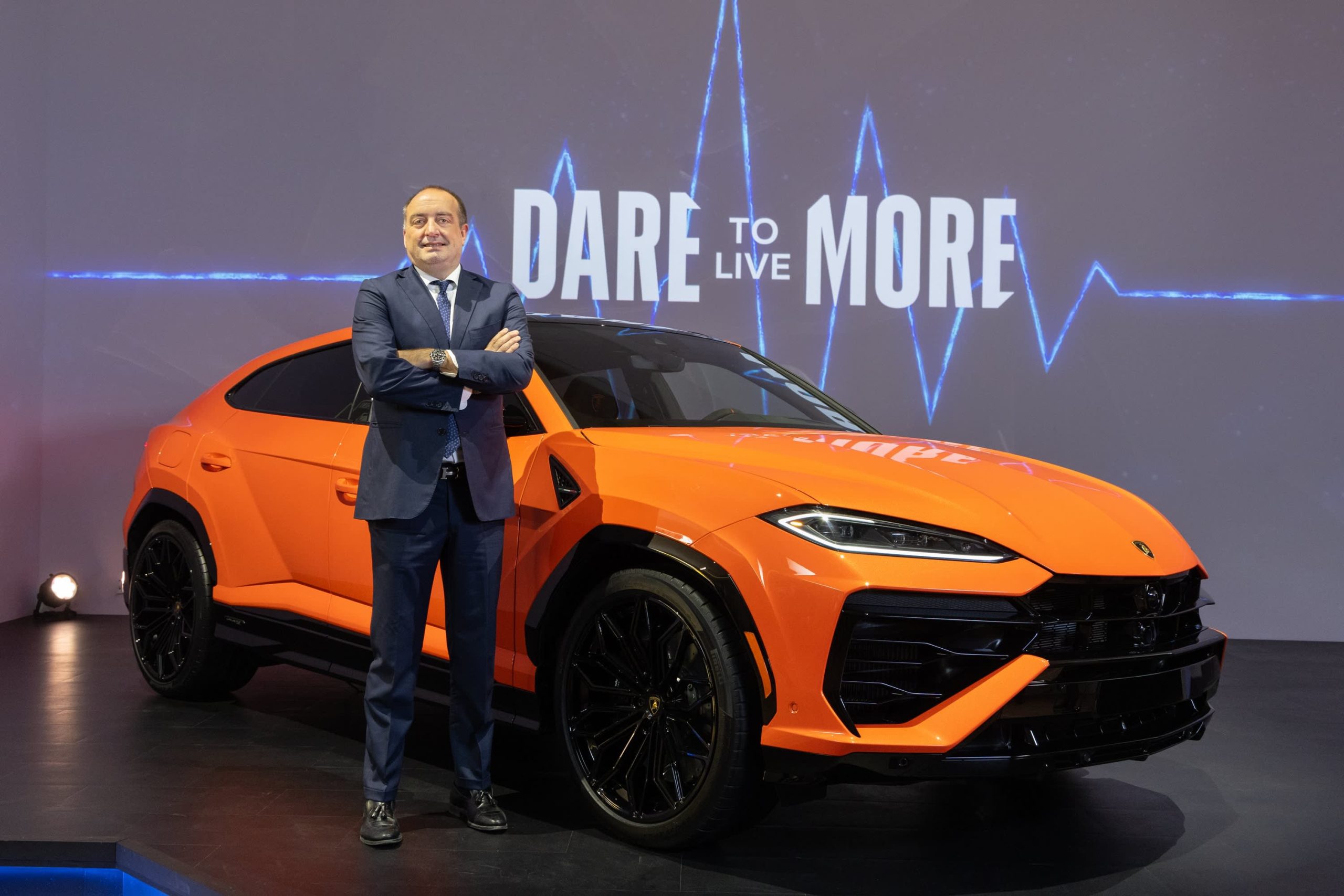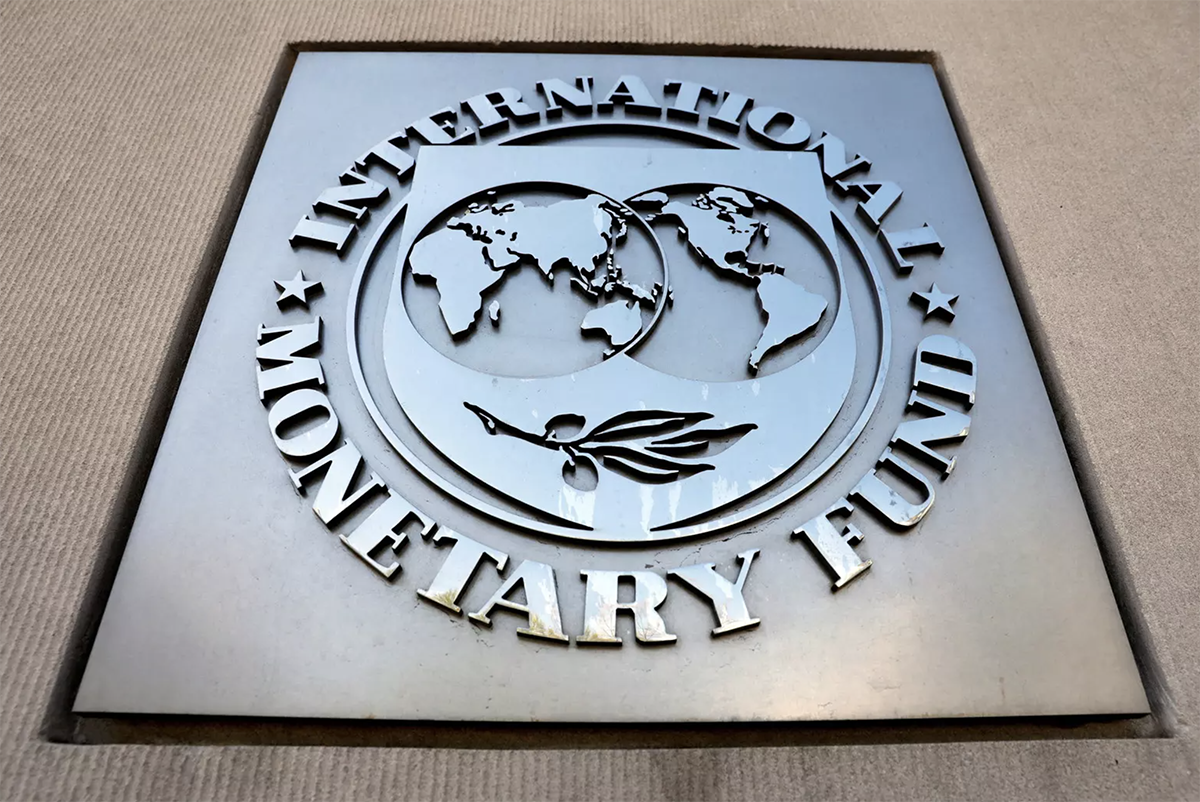IMF Again Cuts Global Growth Forecast Amid Inflation, War in Ukraine
The International Monetary Fund now sees growth slowing to 3.2% this year and 2.9% in 2023.
WASHINGTON—The International Monetary Fund lowered its outlook for global economic growth again for 2022 and 2023, as soaring inflation and the spillover from the war in Ukraine cut into household purchasing power around the world and prolonged pandemic lockdowns slowed China’s growth engine.
The international financial institution said Tuesday it now sees world economic growth slowing to 3.2% this year, compared with a 6.1% expansion in 2021. The group has repeatedly cut its forecast for 2022, from 4.9% in October, 4.4% in January and 3.6% in April.
Growth is expected to further slow to 2.9% in 2023, significantly slower than the 3.6% expansion projected in April.
The IMF warned the actual outcomes could be worse, citing a series of downside risks. Among them are a sudden stop of European gas imports from Russia; stubborn inflation unrestrained by policy measures; debt distress in poorer nations induced by tighter global financial conditions; and a further slowdown in China triggered by renewed Covid-19 outbreaks and an escalation of its property sector crisis. And growing geopolitical fragmentation between Western democracies and Russia and China could impede global trade and economic policy cooperation, the group said.
“The risks to the outlook are overwhelmingly tilted to the downside,” the IMF said, adding that global growth could be as low as 2.6% in 2022 and 2% in 2023.
The latest forecasts reflect a sharp upward revision in the group’s inflation outlook. Further squeezing living standards for people around the world, consumer prices are expected to rise 6.6% in rich economies and 9.5% in emerging markets and developing nations this year, upward revisions of 0.9 and 0.8 percentage points, respectively, from April.
“We have higher inflation and it’s broader inflation. It’s not just energy and food. It’s seeping into services and goods, and it’s well ahead of central bank targets in most countries,” IMF chief economist Pierre-Olivier Gourinchas said in an interview. “That’s leading to an erosion of purchasing power. In many countries, wages have not been keeping up with price inflation.”
Mr. Gourinchas said taming inflation must be the first priority for policy makers, even if it means slowing down economic activities in the short term. “Bringing down inflation in a timely manner is also creating the conditions for stable growth and a stable macroeconomic environment in the years ahead,” he said.
He added that governments should use targeted fiscal policy support to help ease the impact of inflation on the most vulnerable, but that such measures must be paired with tighter spending elsewhere to avoid offsetting the effect of monetary policy to tame inflation.
The group sees worldwide inflation returning to near prepandemic levels by the end of 2024, after easing to 5.7% by late 2023.
Driving the downward revisions in global growth forecasts were slowdowns in the U.S. and China.
The IMF now sees U.S. growth slowing to 2.3% this year and 1% in 2023, compared with the expansion of 5.7% in 2021. In April, the group forecast the U.S. economy to grow 3.7% this year and 2.3% in 2023. The cut reflects significantly reduced private consumption amid price increases and the expected impact of tighter monetary policy by the Federal Reserve.
The IMF expects China’s growth to moderate to 3.3% this year from 8.1% last year and compared with an expansion of 4.4% seen earlier for this year. The activities slowed sharply in the world’s second-largest economy this year because of Beijing’s strict pandemic lockdown policy, as well as the worsening crisis in the country’s property sector, which is dragging down sales and real-estate investments.
“The slowdown in China has global consequences,” the IMF said. “Lockdowns added to global supply chain disruptions and the decline in domestic spending are reducing demand for goods and services from China’s trade partners.”
The war in Ukraine has had more negative impacts on European economies than earlier expected because of higher energy prices and weaker consumer confidence. Persistent supply chain disruptions and rising input costs are also weighing on their manufacturing sector. The IMF’s growth outlook for the euro area was cut to 2.6% in 2022 and 1.2% in 2023, compared with growth of 2.8% and 2.3% projected in April, respectively.
“We have a slowdown in the U.S., in China and in the euro area over 2022 and ’23,” Mr. Gourinchas said. “The three largest economies in the world are stalling right now. And of course the global economy is going to reflect that.”
One country that has fared better than earlier expectations is Russia. While the war in Ukraine has hurt its economy significantly, rises in oil and gas prices triggered by the war have increased the country’s export revenues, and thus funds to continue with the war. Mr. Gourinchas said that Russia’s central bank has also skillfully managed the impact of the economic sanctions imposed by Western governments by raising interest rates swiftly and preventing a financial meltdown. The IMF expects Russia’s economy to shrink 6% this year and 3.5% next year, compared with its April forecast for contractions of 8.5% and 2.3%, respectively.
Still, the actual economic contraction in Russia and in China caused the global gross domestic product to shrink in the second quarter—the first such phenomenon since 2020.
This stylish family home combines a classic palette and finishes with a flexible floorplan
Just 55 minutes from Sydney, make this your creative getaway located in the majestic Hawkesbury region.
The marketplace has spoken and, at least for now, it’s showing preference for hybrids and plug-in hybrids (PHEVs) over battery electrics. That makes Toyota’s foot dragging on EVs (and full speed ahead on hybrids) look fairly wise, though the timeline along a bumpy road still gets us to full electrification by 2035.
Italian supercar producer Lamborghini, in business since 1963, is also proceeding, incrementally, toward battery power. In an interview, Federico Foschini , Lamborghini’s chief global marketing and sales officer, talked about the new Urus SE plug-in hybrid the company showed at its lounge in New York on Monday.

Lamborghini
The Urus SE SUV will sell for US$258,000 in the U.S. (the company’s biggest market) when it goes on sale internationally in the first quarter of 2025, Foschini says.
“We’re using the contribution from the electric motor and battery to not only lower emissions but also to boost performance,” he says. “Next year, all three of our models [the others are the Revuelto, a PHEV from launch, and the continuation of the Huracán] will be available as PHEVs.”
The Euro-spec Urus SE will have a stated 37 miles of electric-only range, thanks to a 192-horsepower electric motor and a 25.9-kilowatt-hour battery, but that distance will probably be less in stricter U.S. federal testing. In electric mode, the SE can reach 81 miles per hour. With the 4-litre 620-horsepower twin-turbo V8 engine engaged, the picture is quite different. With 789 horsepower and 701 pound-feet of torque on tap, the SE—as big as it is—can reach 62 mph in 3.4 seconds and attain 193 mph. It’s marginally faster than the Urus S, but also slightly under the cutting-edge Urus Performante model. Lamborghini says the SE reduces emissions by 80% compared to a standard Urus.
Lamborghini’s Urus plans are a little complicated. The company’s order books are full through 2025, but after that it plans to ditch the S and Performante models and produce only the SE. That’s only for a year, however, because the all-electric Urus should arrive by 2029.

Lamborghini
Thanks to the electric motor, the Urus SE offers all-wheel drive. The motor is situated inside the eight-speed automatic transmission, and it acts as a booster for the V8 but it can also drive the wheels on its own. The electric torque-vectoring system distributes power to the wheels that need it for improved cornering. The Urus SE has six driving modes, with variations that give a total of 11 performance options. There are carbon ceramic brakes front and rear.
To distinguish it, the Urus SE gets a new “floating” hood design and a new grille, headlights with matrix LED technology and a new lighting signature, and a redesigned bumper. There are more than 100 bodywork styling options, and 47 interior color combinations, with four embroidery types. The rear liftgate has also been restyled, with lights that connect the tail light clusters. The rear diffuser was redesigned to give 35% more downforce (compared to the Urus S) and keep the car on the road.
The Urus represents about 60% of U.S. Lamborghini sales, Foschini says, and in the early years 80% of buyers were new to the brand. Now it’s down to 70%because, as Foschini says, some happy Urus owners have upgraded to the Performante model. Lamborghini sold 3,000 cars last year in the U.S., where it has 44 dealers. Global sales were 10,112, the first time the marque went into five figures.
The average Urus buyer is 45 years old, though it’s 10 years younger in China and 10 years older in Japan. Only 10% are women, though that percentage is increasing.
“The customer base is widening, thanks to the broad appeal of the Urus—it’s a very usable car,” Foschini says. “The new buyers are successful in business, appreciate the technology, the performance, the unconventional design, and the fun-to-drive nature of the Urus.”
Maserati has two SUVs in its lineup, the Levante and the smaller Grecale. But Foschini says Lamborghini has no such plans. “A smaller SUV is not consistent with the positioning of our brand,” he says. “It’s not what we need in our portfolio now.”
It’s unclear exactly when Lamborghini will become an all-battery-electric brand. Foschini says that the Italian automaker is working with Volkswagen Group partner Porsche on e-fuel, synthetic and renewably made gasoline that could presumably extend the brand’s internal-combustion identity. But now, e-fuel is very expensive to make as it relies on wind power and captured carbon dioxide.
During Monterey Car Week in 2023, Lamborghini showed the Lanzador , a 2+2 electric concept car with high ground clearance that is headed for production. “This is the right electric vehicle for us,” Foschini says. “And the production version will look better than the concept.” The Lanzador, Lamborghini’s fourth model, should arrive in 2028.
Just 55 minutes from Sydney, make this your creative getaway located in the majestic Hawkesbury region.
This stylish family home combines a classic palette and finishes with a flexible floorplan


















